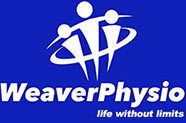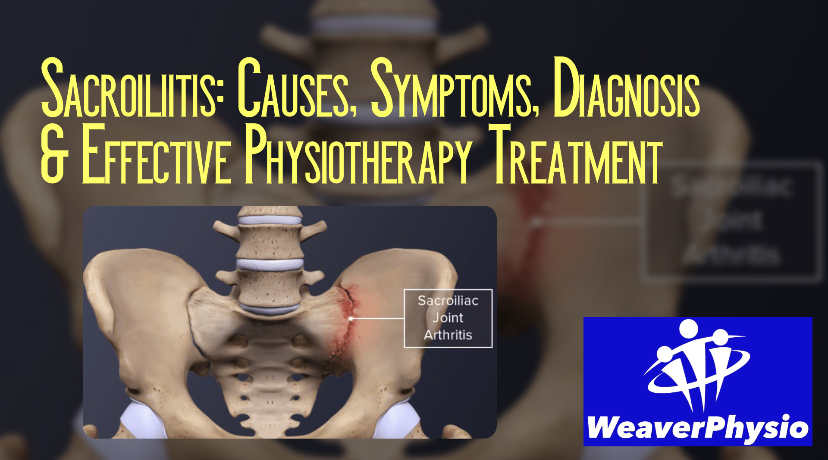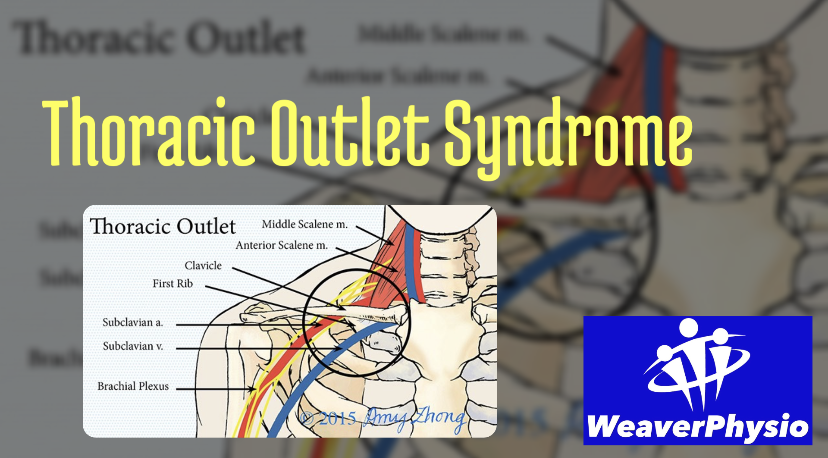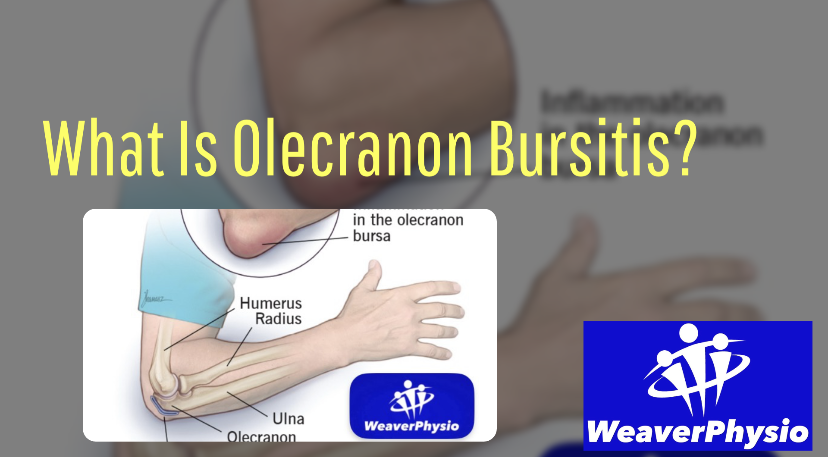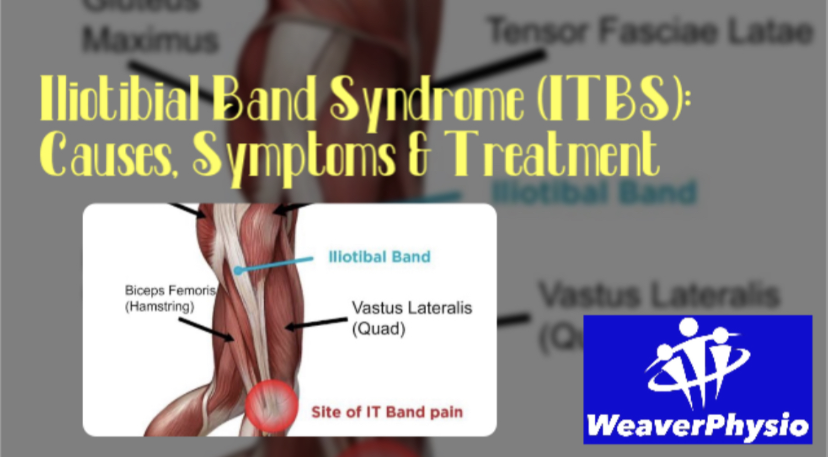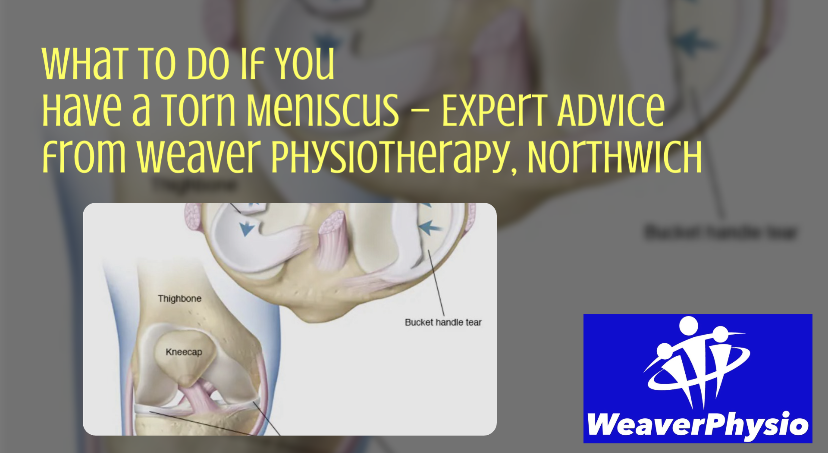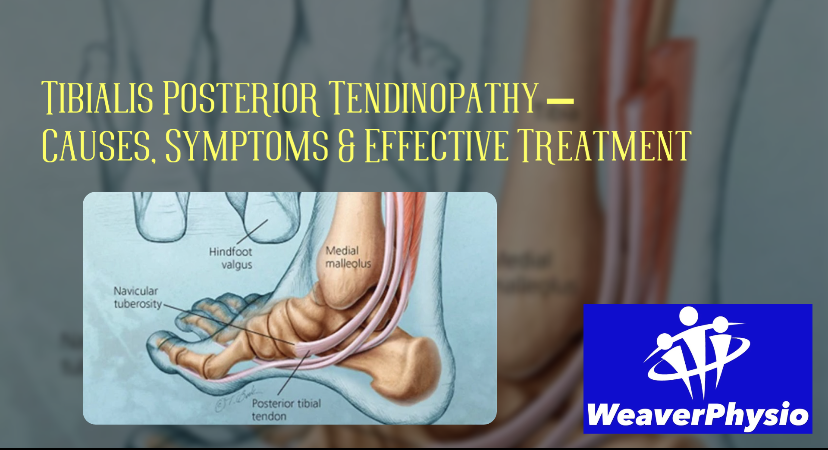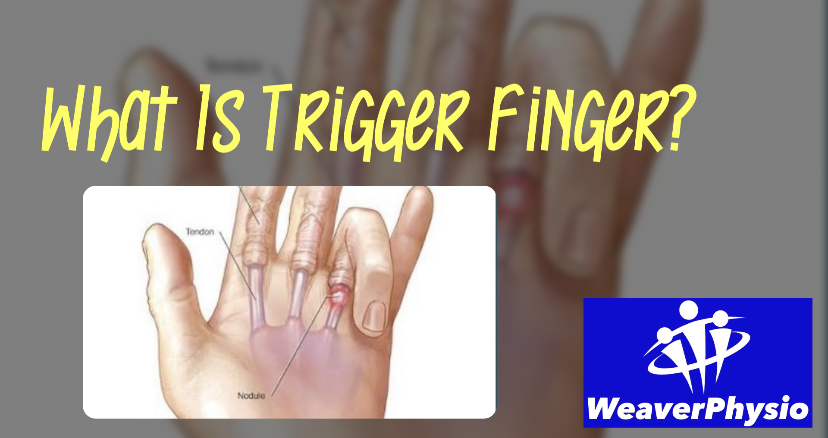Sports Massage vs Deep Tissue Massage
What’s the Difference?
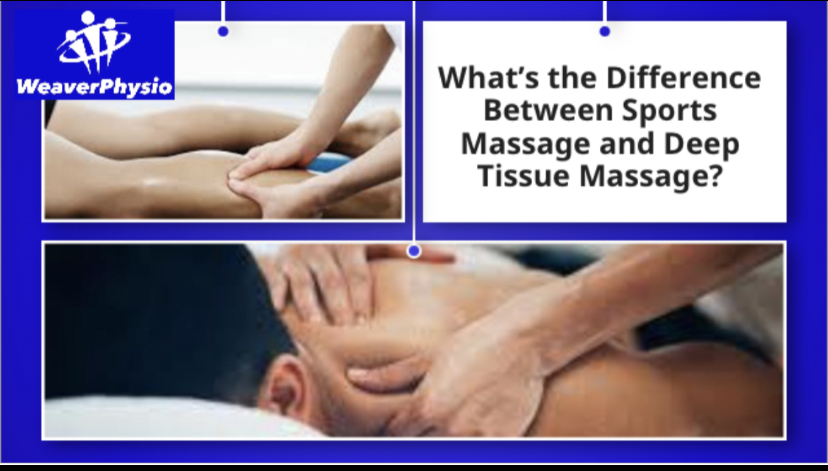
Weaver Physiotherapy & Sports Injury Clinic – Northwich’s Experts in Massage Therapy
Massage therapy is a powerful tool for injury prevention, recovery, and overall wellbeing—but with so many types available, it can be difficult to know which one is right for you. At Weaver Physiotherapy & Sports Injury Clinic in Northwich, two of the most popular and effective options we offer are Sports Massage and Deep Tissue Massage. While they may seem similar, they serve different purposes and suit different needs.
In this guide, we break down the key differences between sports massage and deep tissue massage, their benefits, who they’re best suited for, and how to choose the right treatment for your body.
🏋️♂️ What is Sports Massage?
Sports massage is a type of massage therapy specifically designed for people involved in physical activity. But it’s not just for athletes—anyone with a physically demanding lifestyle or job can benefit.
Key Features:
• Focuses on areas of the body that are overused or stressed from repetitive movement
• Aims to improve athletic performance, prevent injury, and aid recovery
• Often includes active and passive stretching, trigger point therapy, and deep pressure
Who It’s For:
• Runners, gym-goers, cyclists, and team sports players
• People preparing for or recovering from competition or training
• Individuals experiencing muscular fatigue or tightness from repetitive physical strain
💆♂️ What is Deep Tissue Massage?
Deep tissue massage focuses on the deeper layers of muscle and connective tissue. It uses slow, deliberate strokes and firm pressure to break up adhesions, release chronic muscle tension, and improve mobility.
Key Features:
• Targets chronic muscle pain, tightness, and postural imbalances
• Helps treat muscle adhesions (knots) and scar tissue
• Uses slower strokes with deeper, more sustained pressure
Who It’s For:
• People with long-standing musculoskeletal pain
• Office workers with postural tension in the neck, shoulders, and back
• Anyone recovering from injury or soft tissue trauma
Techniques Used in Each Type of Massage
Sports Massage Techniques:
• Effleurage: Gliding strokes to warm up the muscles
• Petrissage: Kneading to loosen muscle fibres
• Friction: Breaking down adhesions and scar tissue
• Compression: Prepares muscles for high-intensity activity
• Stretching: Improves flexibility and joint range of motion
Deep Tissue Techniques:
• Stripping: Deep gliding pressure along muscle fibres
• Cross-Fibre Friction: Breaks down adhesions across muscle lines
• Myofascial Release: Releases tension in connective tissue
• Trigger Point Therapy: Targets and releases tight “knots” in muscles
🩹 Benefits of Sports Massage
1. Faster Recovery:
Reduces post-exercise muscle soreness (DOMS) and supports faster healing of micro-tears.
2. Improved Performance:
Keeps muscles supple and joints mobile, reducing the risk of injury during activity.
3. Injury Prevention:
Identifies and treats muscular imbalances before they cause problems.
4. Mental Focus & Relaxation:
Reduces anxiety and promotes a sense of wellbeing, especially pre-competition.
5. Boosted Circulation:
Increases blood flow to working muscles, aiding oxygen delivery and nutrient transport.
🩻 Benefits of Deep Tissue Massage
1. Chronic Pain Relief:
Excellent for people with long-term muscular tension in the neck, back, or shoulders.
2. Postural Correction:
Eases the muscular strain caused by poor posture or sitting for long periods.
3. Scar Tissue Breakdown:
Breaks down adhesions after injury or surgery to restore mobility.
4. Improved Flexibility:
Helps restore normal muscle length and balance.
5. Reduced Stress & Tension:
Lowers cortisol levels and triggers the body’s relaxation response.
🧩 Which Massage is Right for You?
Choosing between sports massage and deep tissue massage depends on your lifestyle, goals, and physical condition.
You may need Sports Massage if you:
✅ Train regularly or play sports
✅ Have tightness linked to physical activity
✅ Want pre- or post-event muscle work
✅ Need help recovering after a workout
You may need Deep Tissue Massage if you:
✅ Have persistent muscular pain
✅ Sit at a desk for long hours
✅ Suffer from chronic tension or stiffness
✅ Want long-term relief and better posture
Still unsure? At Weaver Physio, our expert team will assess your needs and recommend the right treatment plan—whether it’s sports massage, deep tissue work, or a combination of both.
🤝 Can You Combine Sports and Deep Tissue Massage?
Yes—many of our patients benefit from a blended treatment approach. For example, an athlete may require deep tissue massage to release chronic tension while also receiving sports massage to improve performance.
Our Chartered Physiotherapists and Massage Therapists can tailor your session based on your activity levels, injury history, and goals.
📍 Massage Therapy at Weaver Physio – What to Expect
At Weaver Physiotherapy & Sports Injury Clinic in Northwich, we deliver all massage treatments within a safe, clinical setting. Each session is:
• Tailored to your needs
• Delivered by trained professionals
• Integrated with physiotherapy and rehab advice
Treatment Options:
• 30-minute massage – Ideal for focused areas (e.g., neck & shoulders)
• 60-minute massage – Full body or multi-area treatment
• Ongoing sessions – Maintenance for injury prevention and recovery
Whether you’re a competitive athlete, weekend warrior, or desk-based professional, our massage therapy services help you move better, feel better, and stay injury-free.
💬 What Our Patients Say
“The sports massage at Weaver Physio is a game-changer! As a runner, it keeps me going strong and helps with recovery after races.” – James, Northwich
“Deep tissue massage helped ease years of neck and shoulder tension. I finally feel normal again.” – Claire, Knutsford
📅 Book Your Massage in Northwich Today
Don’t let tension, fatigue, or muscle pain hold you back. At Weaver Physio, we make it easy to access professional sports and deep tissue massage tailored to your body’s needs.
✅ Convenient location in Northwich
✅ Same-week appointments
✅ Expert physiotherapists & massage therapists
✅ Trusted by clients across Cheshire – including Knutsford, Winsford, Middlewich & Frodsham
🔗 Ready to Book?
Visit 👉 http://www.weaverphysio.com
📞 Call us: 01606 227484
📍 Weaver Physiotherapy & Sports Injury Clinic, Northwich
🏁 Final Thoughts
Both sports massage and deep tissue massage offer powerful benefits—but they’re not one-size-fits-all. At Weaver Physio, we take the time to understand your goals, assess your movement, and deliver a massage that gets real results.
Whether you want to perform better, recover faster, or live pain-free—we’re here to help every step of the way

